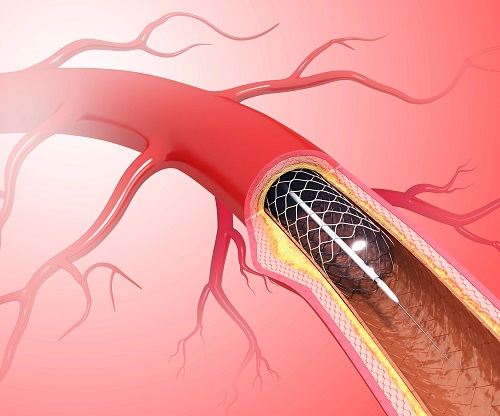It is possible to remove plaque and thrombus from damaged arteries using atherectomy devices
Atherectomy Devices are suitable for the removal of thrombus and plaque from damaged arteries. Both coronary and peripheral artery disease can be effectively treated with atheresia devices. These plaques can be removed with atherectomy tools that can cut, shave, sand, or vaporise them. Directional atherectomy, rotational atherectomy, laser atherectomy, and orbital atherectomy are the four basic categories of atherectomy devices. A cutting tip on a directional atherectomy catheter removes plaque from blood arteries. Only peripheral blood vessels are treated with it. Rotational atherectomy has a cutting point that grinds the plaque into powder by spinning at a high speed. A device that emits a high-energy laser from the catheter tip is used in laser atherectomy to melt the plaque material. Despite the fact that rotational atherectomy uses a high-speed rotary device.
Both coronary and
peripheral artery disease have been successfully treated by atherectomy.
Different atherectomy tools are made to either cut, shave, sand, or vaporize
these plaques, and they have various indications.
A treatment called an Atherectomy
Devices is used to remove atherosclerotic plaque
from ailing arteries. According to the texture of the plaque, atherosclerotic
plaques can be found in the coronary or peripheral artery vasculature and can
have a variety of characteristics. Both coronary and peripheral artery disease
have been successfully treated by atherectomy. Different atherectomy tools are
made to either cut, shave, sand, or vaporise these plaques, and they have
various indications. In this article, contemporary atherectomy devices are
reviewed.
The diagnosis of
atherosclerosis involves the use of Atherectomy Devices
instruments. Peripheral artery disease known as atherosclerosis occurs when
plaque builds up in the arteries, obstructing blood flow to the body. Plaque is
an unwelcome fat buildup that, if not eliminated promptly, can result in a
blockage that could be fatal.
The procedure known as Atherectomy Devices involves widening the arteries and
removing the plaque from the artery walls. The plaque is sliced with a blade
attached to a catheter through the groyne, and the leftover material is
collected in a bag before the catheter is later withdrawn. Depending on the
degree, various types of devices can be used in this process.




Comments
Post a Comment